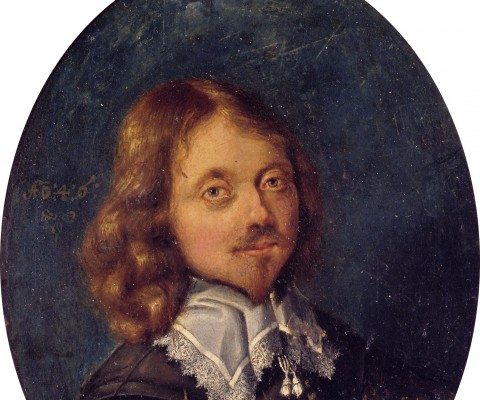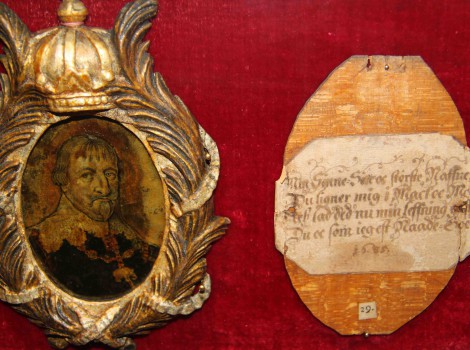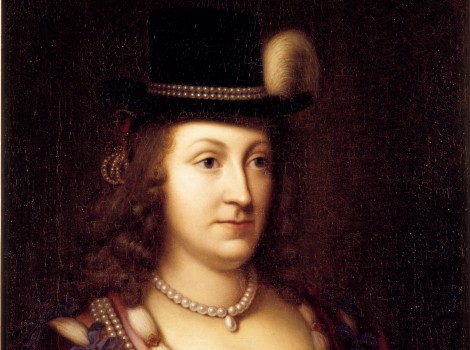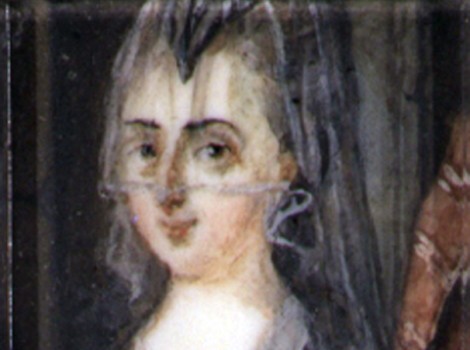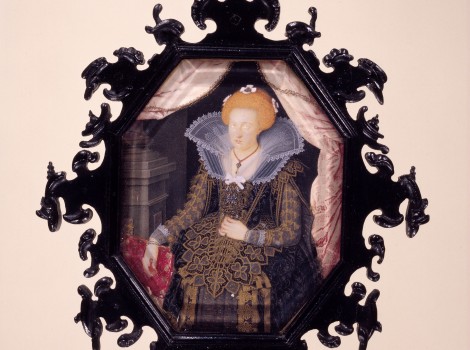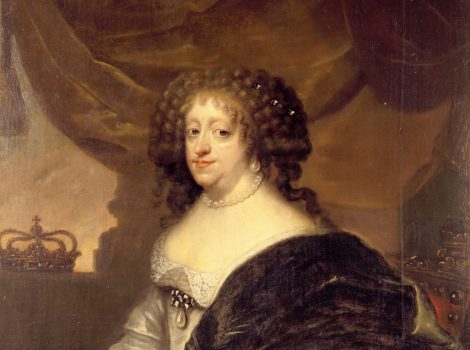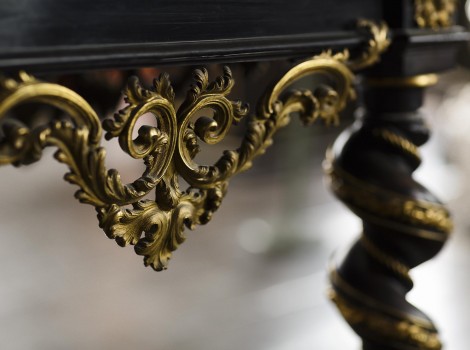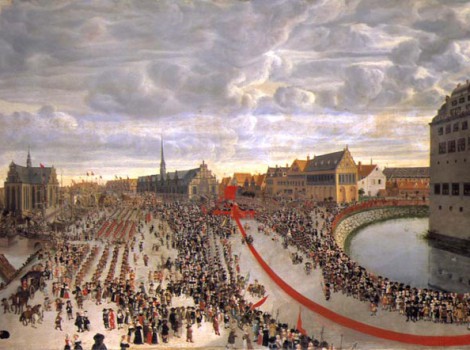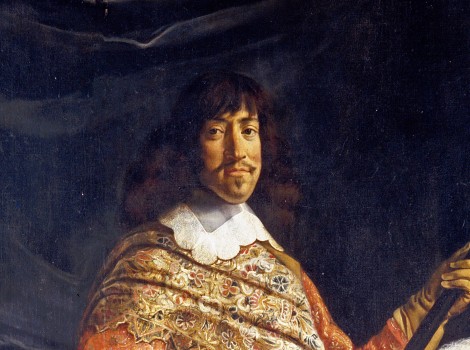Corfitz Ulfeldt
Corfitz Ulfeldt married Christian IV’s daughter Leonora Christina in 1636. He became the governor of Copenhagen Castle in 1637, ‘rigshofmester’ (the highest standing civil servant) in 1643, and quickly became the privy council’s leading figure.
His relationship with Christian IV soured towards the end of the king’s reign. The situation only got worse once Frederik III had ascended the throne, and in 1651 Ulfeldt fled together with Leonora Christina. He entered Swedish service and was one of the chief negotiators on the Swedish side in 1658, when Scania, Halland, and Blekinge were ceded to Sweden in the Treaty of Roskilde.
Ulfeldt was arrested by the Swedes in 1659, accused of treason. He and Leonora Christina succeeded in fleeing back to Denmark, where they were held captive at Hammershus castle until the king released them on strict conditions. Ulfeldt soon went abroad again; he offered the Danish throne to the Elector of Brandenburg, and in 1663 he was accused of high treason. A doll of Corfitz was ‘executed’ and a monument of infamy erected in Copenhagen. He died on the run in a boat on the Rhine.

 Dansk
Dansk
 English
English
 Deutsch
Deutsch

